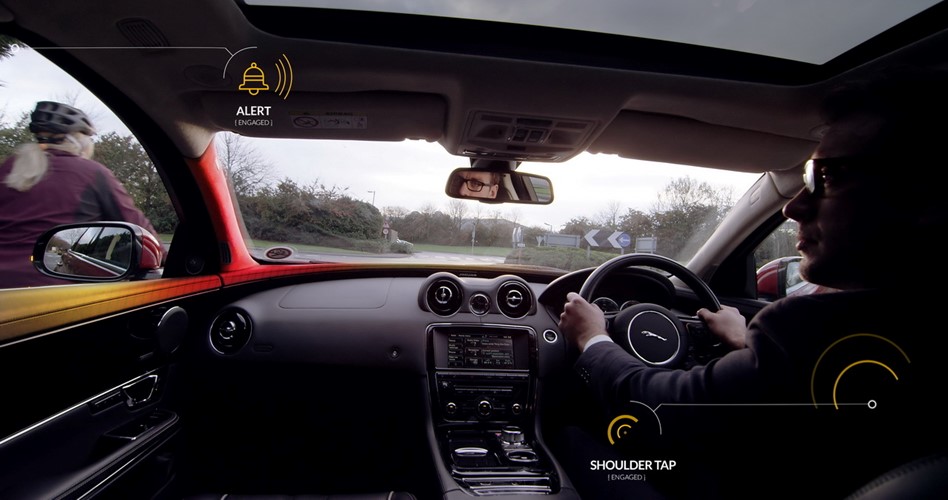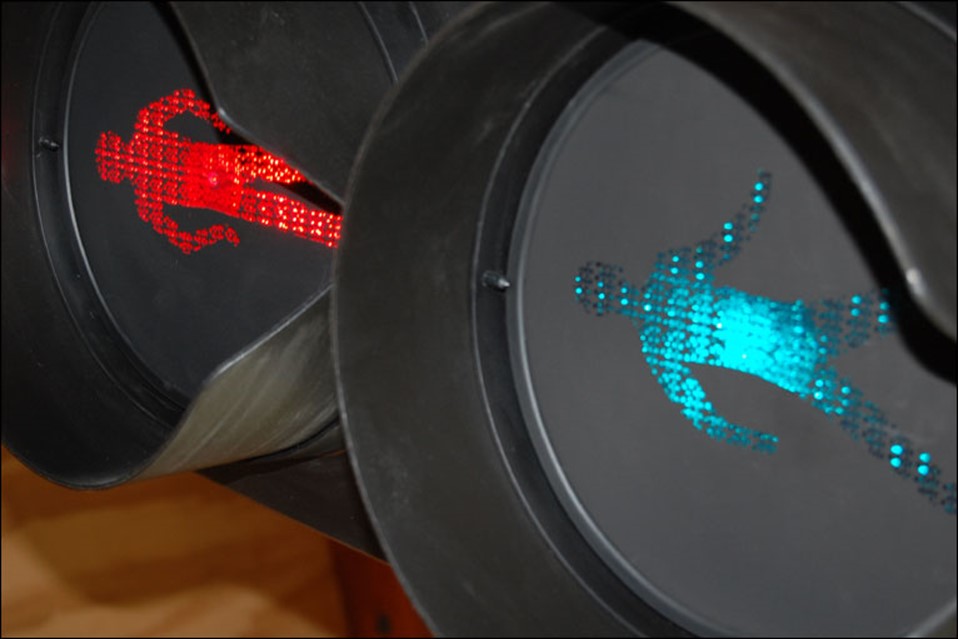The Economics Of Queues
February 5, 2015 in Daily Bulletin

Bourree Lam looked at the humdrum of waiting in line:
- Americans spend about 37 billion hours waiting in line every year.
- Some have come up with ideas to get rid of queues. One involves allowing giving the last person first priority. Eventually those at the back of the queue would leave, killing the line.
- Most try alternate strategies. To make waiting in line bearable shops sometimes offer free Wi-Fi, or perhaps have impulse buys by the cashier so buyers can continue to shop as they wait.
- Some places want to encourage lines. Seeing a queue of patrons outside a restaurant, for example, can boost its reputation.
- Behavioural science has shown that waiting in line can actually make people value things more because it leads people to think that the wait was “worth it”.
- You could also always just pay somebody to wait in line for you. Though you may provoke revolt among your would-be queueing companions.
Read more about lines, why economists hate them, and why Chipotle has too many of them over here.
Source: The Atlantic









Join the Discussion! (No Signup Required)